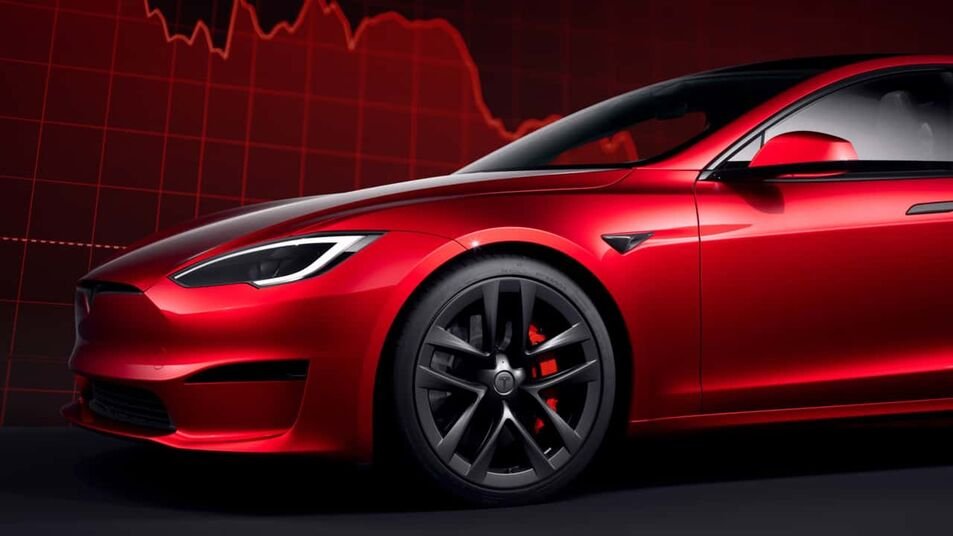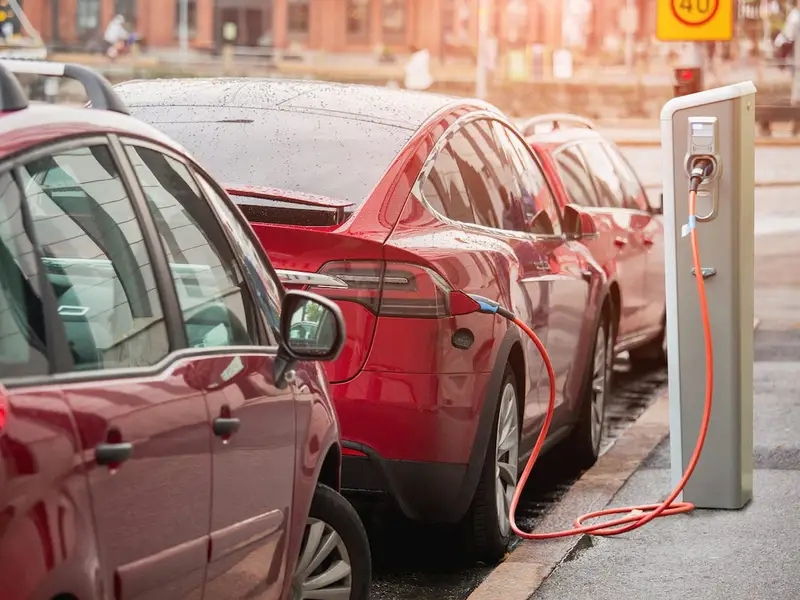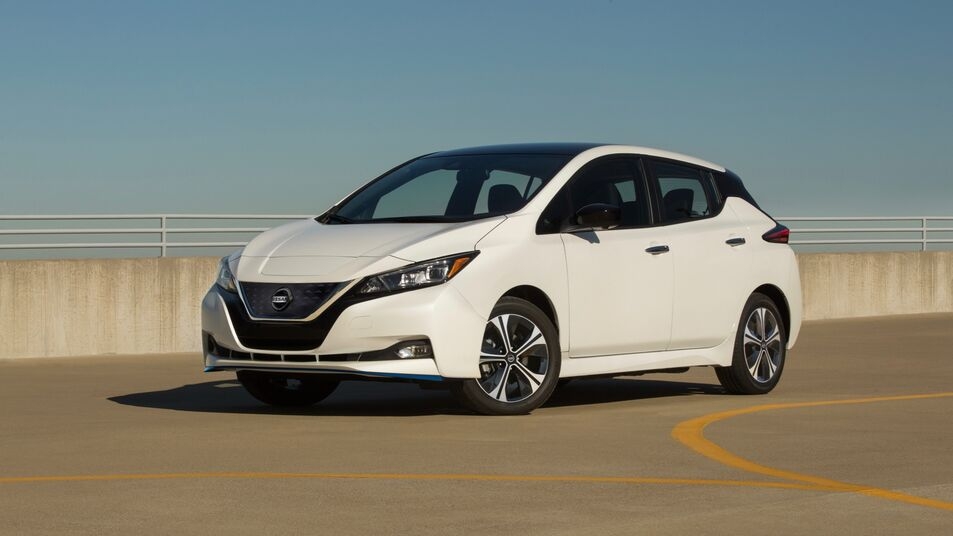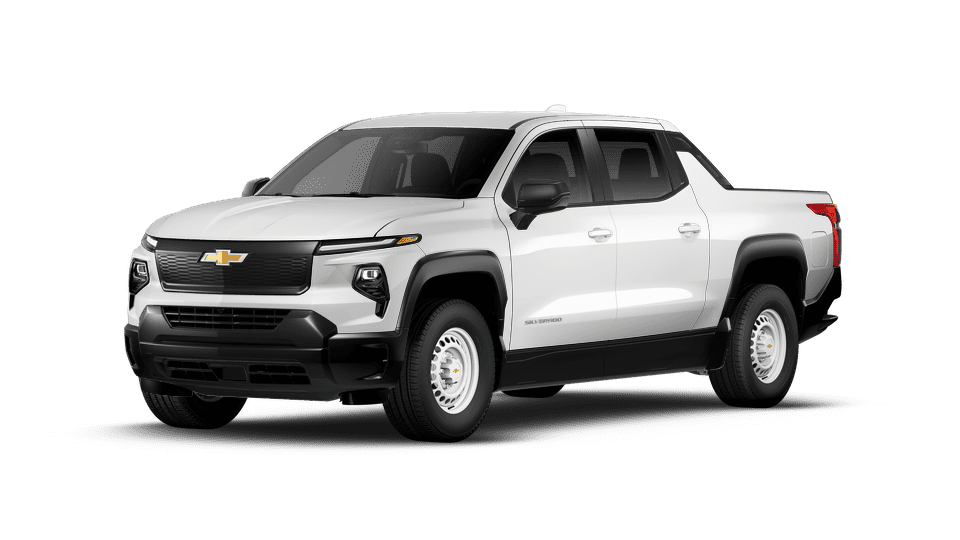Not long ago, buying a used electric vehicle (EV) seemed almost impossible. Prices were sky-high. Selection was slim. And finding anything affordable that didn’t have a battery on its last legs felt like winning the lottery.
Fast forward to 2025, and the market looks completely different. Used EV prices are falling — and fast. Models that were selling for a premium a year or two ago are now sitting on dealer lots, sometimes with discounts buyers only dreamed of before.
The big question now is simple: Will used EV prices keep dropping through 2025? Or are we reaching the bottom of the market?
Here’s a deep look at what’s really happening, what’s driving it, and what it means if you are thinking about buying or selling an EV this year.
How We Got Here: The EV Boom and the Price Correction
The last five years have been a roller coaster for electric vehicles.
At the start of the 2020s, EV demand exploded. Tesla, Rivian, Ford, Hyundai, and a wave of other automakers rushed new models into production. Buyers, fueled by government incentives and rising gas prices, snapped them up as fast as they could.
For a while, it was a seller’s market. New EVs were on backorder. Used EVs were sometimes more expensive than new ones because of scarcity.
But markets move fast — and they do not stay irrational forever.
A few key things shifted:
- Production caught up. Tesla, Ford, Hyundai, Kia, and others massively ramped up supply. Suddenly, EVs were no longer rare.
- Incentives changed. New tax credit rules made some new EVs cheaper, while leaving others out entirely.
- Higher interest rates. Borrowing got more expensive, cooling demand for all vehicles, EVs included.
- Consumer education improved. Buyers realized that not all EVs are created equal — and that batteries age differently than engines.
The result: prices corrected. Heavily.
Used EV Prices Are Dropping — But Not Evenly
If you look at the used EV market today, the trend is clear. Prices are down anywhere from 15% to 30% compared to their peaks. But it is not happening evenly across the board.
Some models are falling harder than others.
- Tesla Model 3 and Model Y prices have dropped the most. They were massively popular, but Tesla’s aggressive new car price cuts in 2023 and 2024 pushed used values down faster.
- Luxury EVs like the Audi e-tron, Jaguar I-PACE, and BMW iX are taking big hits. High sticker prices plus limited range or slower charging times are hurting them on resale.
- First-generation EVs like the Nissan Leaf continue to slide simply because their range and battery tech lag behind newer models.
On the flip side, a few EVs are holding value better:
- Ford F-150 Lightning (especially Pro models) still commands strong used prices due to work truck demand.
- Chevrolet Bolt EV remains a budget hero for buyers wanting simple, cheap electric transportation.
- Hyundai Ioniq 5 and Kia EV6 hold up thanks to strong styling, good range, and fast charging.
So while prices overall are falling, smart shoppers will notice that not every deal is created equal.
Why Used EVs Depreciate Differently Than Gas Cars
One of the biggest things tripping up buyers new to EVs is how differently they behave as used vehicles compared to gas cars.
Depreciation hits electric cars harder early on for a few reasons:
- Battery tech advances fast. A three-year-old EV can feel ancient if it has less range or slower charging than a new model.
- Tax credits affect used prices. When buyers can get $7,500 off a new EV, paying near-new prices for used does not make sense.
- Warranty fears. Batteries are expensive to replace. Even though most EVs come with 8-year/100,000-mile warranties, buyers worry about battery health as cars age.
However, once an EV passes the steep early depreciation curve, it can stabilize faster. Especially if the battery stays healthy and the range remains competitive.
Buyers who understand this curve can find bargains that others overlook.
Will Used EV Prices Keep Dropping Through 2025?
Short answer: yes — but not forever.
Here’s what most market analysts agree on:
- Prices will likely fall through the end of 2025, but at a slower pace than we have seen so far.
- The steepest drops already happened in 2023 and 2024, when supply flooded the market and interest rates spiked.
- Inventory is normalizing. More used EVs are available, but not in an overwhelming flood that would crash prices further.
By late 2025, expect the market to stabilize somewhat. Bargains will still be available, but the days of 30% drops in six months will be over.
In other words:
If you find a used EV you like at a great price today, you’re unlikely to lose much by jumping in now.
But if you wait too long hoping for rock-bottom prices, you might miss the best selection.
What’s Helping Stabilize the Market
Several forces are working quietly to keep used EV prices from falling off a cliff:
- Better education. Buyers now understand batteries better and know how to check battery health before buying.
- Improved infrastructure. More public chargers make EV ownership more practical, boosting confidence.
- Automaker certified pre-owned (CPO) programs. Brands like Tesla, Ford, Hyundai, and Nissan now offer CPO warranties on used EVs, giving buyers peace of mind.
- Rising new EV prices. As materials costs and regulations push new EV sticker prices higher again, used EVs become relatively better deals.
These factors are setting a new floor under used EV prices — not tomorrow, but within the next 6 to 12 months.
Tips for Buyers: How to Shop Smart for a Used EV in 2025
If you are thinking about buying a used EV this year, a few smart moves can save you a lot of headaches.
- Check the battery health. Use third-party tools or ask for a full battery report. A healthy battery is worth far more than low mileage alone.
- Know the range. Make sure the EV’s real-world range fits your needs — not just the original EPA number.
- Understand the warranty. Look carefully at how much of the original battery warranty is left, and what it covers.
- Factor in charging. If you cannot install a Level 2 charger at home, make sure there are fast chargers near your usual routes.
- Look for incentives. Some states offer rebates or tax credits for buying used EVs — not just new ones.
- Shop certified. A CPO used EV costs a little more but offers real peace of mind, especially if it comes with extra battery coverage.
Smart buyers can score some incredible deals in 2025 — but it takes homework.
Final Verdict: Where Used EVs Go from Here
The used EV market in 2025 is a buyer’s market — for now.
Prices are falling, selection is improving, and knowledge about EVs is spreading.
But this is not a permanent free fall. The market is learning, adapting, and setting new baselines. In another year or two, buying a used EV may feel a lot like buying a used gas car today: stable, predictable, and less intimidating.
If you are ready now, and you find the right car at the right price, this could be one of the best times ever to buy an electric vehicle second-hand.
The road to the future isn’t as smooth as some automakers promised, but it is still wide open — and a lot more affordable than it used to be.







